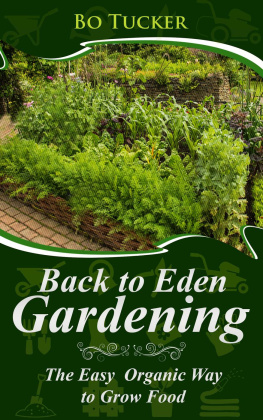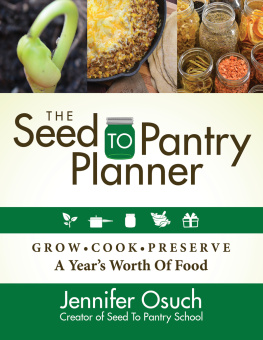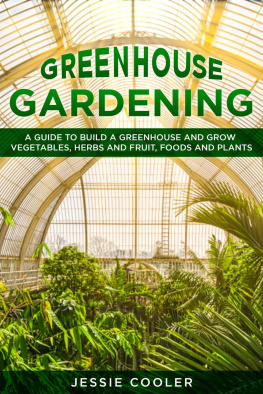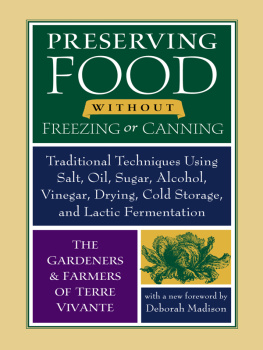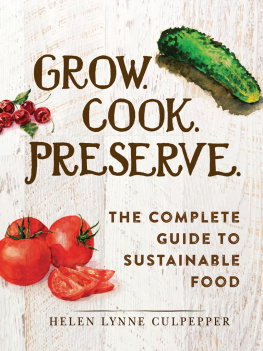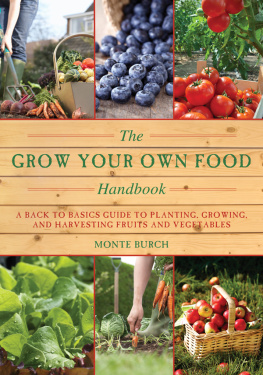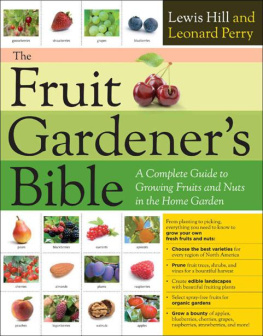The Gardeners Pantry
Storing Away Food You Grow for the Winter
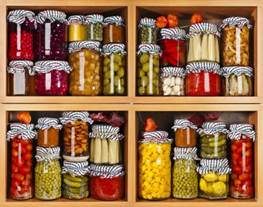
By
Darla Noble
~~~
Smashwords Edition
Country Life Books

JD-Biz Publishing
All Rights Reserved.
No part of this publication may be reproduced in anyform or by any means, including scanning, photocopying, orotherwise without prior written permission from JD-Biz Corp
Copyright 2014. JD-Biz Corp
All Images Licensed by Fotolia and 123RF.
Smashwords Edition, License Notes
This ebook is licensed for your personal enjoymentonly. This ebook may not be re-sold or given away to other people.If you would like to share this book with another person, pleasepurchase an additional copy for each recipient. If youre readingthis book and did not purchase it, or it was not purchased for youruse only, then please return to your favorite ebook retailer andpurchase your own copy. Thank you for respecting the hard work ofthis author.
Table of Contents
Introduction
There are dozensokay, hundredsof books onthe market about how to preserve the food you grow in your garden.Each and every one of these books, I am sure, has something tobring to the table (no pun intended) in regards to getting the jobdone.
So why another one? Why are we putting onemore book out there for you to choose from? Glad you asked
The purpose of this book is to give you abrief overview of why and how to preserve the food you growbefore moving on to actually telling you how to treat differentfoods to get the best results when it comes to taste and texture ofthe foods you can or freeze. In other words, what you have beforeyou is a guidebook; one that will take you step by step through theprocess of canning and freezing food for future use.
Chapter 1: The Basics of Freezing Fruits & Vegetables
Freezing fruits and vegetables for use longafter they would otherwise go bad is a popular form of foodpreservation. Its popularity stems from the following:
*It is relatively easy to freeze many fruitsand vegetables for future use.
*It is an inexpensive form of foodpreservation.
*It requires little in the way of suppliesand know-how.
Sounds great, doesnt it? It isas long asyou do it properly and know which foods can and cannot be frozensuccessfully for tasty eating later on. NOTE: More on which fruitsand veggies you can and cannot freeze in chapter three andfour.
The basics of freezing fruits and veggies arereally quite simple. So simple, in fact, that anyone can do it.
Heres what you need: Afreezer. Well, duh! That goes without saying, but if youhave intentions of freezing very much of anything, you will needsomething with more space than your refrigerator/freezer comboprovides. Enter the deep-freezer. A deep-freezer is a unitspecifically for storing frozen foods. Deep freezers come in twostyles; uprights (looks like a refrigerator) and chest-stylefreezers (a hinged lid that opens from the top of the unit).
You also need a colander (bowl withholes in it) to wash and drain the fruits and vegetables you wishto freeze, freezer bags, a large stock pot forblanching or cooking some fruits and vegetables and a slottedspoon for transferring blanched/cooked food into bags. You alsoneed a large baking sheet for quick-freezing some foods forbetter results.
NOTE: Make sure you use freezer bagsnotstorage bags.
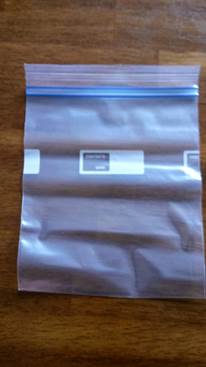
Freezer Bag
You also need to acquaint yourself with thefollowing terms and explanations.
Blanching: Submerging fruits orvegetables into boiling water for a few minutes to loosen the skin(peeling) for easy removal OR for the purpose of partial-cooking inorder to retain crispness when frozen/thawed/cooked.
Skinning: To remove the peeling orskin from a fruit or vegetable.
Freezer burn: The formation of icecrystals on fruits or vegetables which breaks down the compositionof the produce--resulting in discoloration, watery, mushy textureand bland taste.
Quick-freezing: Freezing individualpieces or portions of fruits and vegetables to avoid clumps ofproduce from freezing together when placed in bags.
Heres what you do:
One: Food preparation is a key factorin successful preservation (freezing or canning). If the foods youare freezing arent properly prepared, your results will be lessthan satisfactory.
NOTE: Not every step in the prep process willbe necessary for every fruit or vegetable. Chapters four and fivewill tell you which ones to use.
Wash produce to remove all dirt and chemicalsas well as removing tiny pests (bugs) that may be clinging to yourproduce.
Remove the peelings if necessary.
Cut away any bruises or bad spots.
Make sure vegetables such as green beans,peas and carrots are washed AND dried. This will prevent icecrystals from forming and breaking down the cells of the produceyou are freezing.
Cut fruits and veggies into appropriatepieces and quick-freeze if necessary.
Blanch, if necessary and cool just enough toslip the peelings/skins off your produce.
Two: Place food into freezer bags andseal. Dont crowd. The bag should be full without bulging out atthe sides to the point of putting stress on the sealingmechanism. Sealing the bag should be done working from the bottomup to remove excess air. Yes, theres a bit of an art to workingthe air out of the bag without letting the contents spill over, butyou can do it if you work slowly and carefully.
Three: Place your produce in thefreezer lying flat. This allows them to freeze more uniformly;taking up less space in the freezer and requiring less time to thawbefore cooking/using.
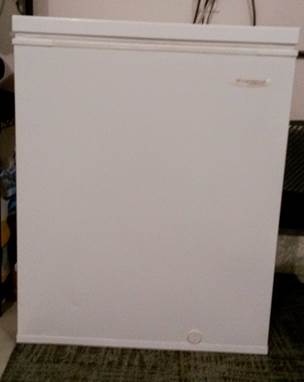
Deep freezer
Chapter 2: The Basics of Canning Fruits & Vegetables
Canning fruits and vegetables in a pressurecooker or hot water bath have been popular methods of preservingfruits, vegetables and even meats for many generations. Themethodology behind canning is simple: high heat and pressurecreates a suction or vacuum inside the jars. When the proper levelof pressure has been reached, the lid seals; keeping the foodsafely preserved inside until the seal is broken.
Canning fruits and vegetables is a bit moretime-consuming than freezing and requires more attention to detail,but its cheaper to buy a pressure cooker than a freezer and jarscan be used over and over again (you just need to replace the flatlids each time).
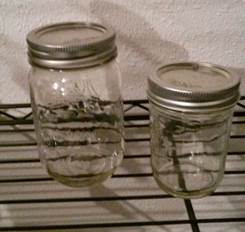
Canning jars with rings and lids
There are two methods of canning as noted inthe opening statement of this chapter; pressure canning and hotwater bath method. Pressure canning uses a pressure cookerand surprisingly small amounts of water to seal fruits andvegetables inside glass canning jars. The


